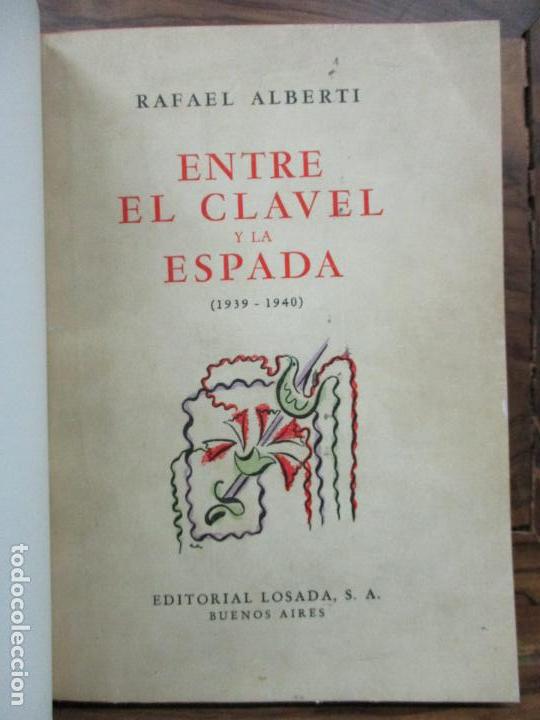

Me gustaría comenzar echando un vistazo a nuestro idioma. But, in fact, the evidence is that ancient societies where women and care were valued and where violence was not practiced were actually “associative” societies: men were not subordinate to women in systems of domination.įor example, the last European society that was still oriented primarily to the ‘associationist’ configuration was Minoan Crete, and while a high priestess was likely to have enormous power, we also see that men were in charge of trading fleets, that were key to the island’s economy. There was gender balance. However, and this is crucial, power seemed to have been defined not as the power of the sword to take and control life, but as the power of the chalice to give, nurture and illuminate life, and these values were held by both. So in Crete we see no signs of fortifications (or war) between the various city-states on the island yes, there was a good standard of living for everyone, and image after image we observed powerful women and nature on the rise. The categories of patriarchy and matriarchy are the only gender-specific social alternatives provided by our language, and semantically they keep us trapped in the thought of domination: either mothers or fathers rule. I would like to start by taking a look at our language. Dr.Eisler emphasizes the importance of language when talking about Partnership based societies: Maldonado asks how ancient matriarchal societies became patriarchal ones. Maldonado, discuss societies in the ancient world where there was no war and Partnership flourished.

MagasIN published the interview with Dr.Eisler in a recent article titled, “Cuando las mujeres dominaron el mundo: por qué pasaron de ser diosas a esclavas del ‘macho” or “When women ruled the world:: why they went from being goddesses to masculine subordinates” in english.ĭr.Riane Eisler and Spanish journalist, Lorena G. Riane Eisler discusses the newest edition of her book El Cáliz y la Espada in an interview with Spain’s magasIN, a section of the Spanish newspaper El Español that highlights the achievements of women in the fight for equality. But, the enthusiasm flows both ways, Dr.Eisler is as delighted about the new generation of Spanish readers, as they are about her book.ĭr.

Riane Eisler’s book is capturing the attention and enthusiasm of many Spanish readers. Thirty years after its publication, The Chalice and The Blade, or El Cáliz y la Espada, has been reissued in Spain, and according to Spanish readers, it “makes more sense than ever”.


 0 kommentar(er)
0 kommentar(er)
